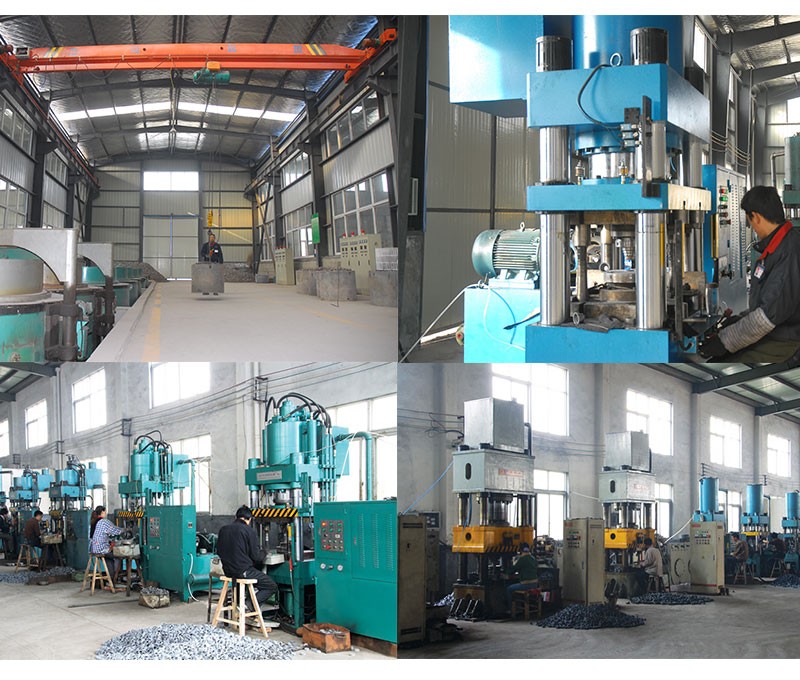We have a lot more chain on our bikes than is usually supplied. They were able to shift smoothly between gears, barely breaking our rhythm, while they brought out the full power of our strongest sprints. However, this paradoxical nature comes at a price: Over time, the chain’s pins and inner links wear down, causing the distance between each link to increase. This is often referred to as “chain stretching”, although the metal doesn’t stretch in a measurable way. If the chain(the bike chain cleaning brush is for it) is not replaced, shifting may be adversely affected and even cause trouble if the chain breaks.
Fortunately, it’s not expensive to replace a bike chain, especially if you do it yourself. What’s more, finding the right components is relatively easy if you know what components you have. However, there are many pitfalls to over-investing in marginal gains, and it can sometimes be difficult to determine when the extra travel or weight savings is really worth the premium. If you want your bike to look like new every time you turn the crank without breaking the bank, I have you covered.
The cassette, or the number of sprockets on it, is probably the most important variable when choosing a bike chain. Especially in more modern groupsets, the entire rear derailleur, including the derailleur, cassette/chocks, and chain, requires incredible precision to run smoothly. The higher the transmission speed, the thinner the chain; while the difference may be a fraction of a millimeter, it’s an astronomical change compared to the width of the teeth and the gaps between them. A chain with the wrong number of speeds will move terribly, rub against adjacent cogs, or may not fit at all. This isn’t usually an issue with 8 speeds or lower, since those chains are all the same width, but it’s good to know about any bike with a large number of sprockets.
In modern groupsets (especially 11 and 12 speeds), brands design gears and chains to make shifting easier, and they do it differently. This can sometimes lead to awkward shifting and jumping in the wrong drivetrain, so try pairing like this – Shimano to Shimano, SRAM to SRAM and Campagnolo to Campagnolo. Also, the main links, and even the clasps that the chainrings go into, often depend on speed and brand, and the wrong size could either not fit at all or rattle while riding – neither ideal.
Have more questions, welcome to consult! Our factory is a comprehensive enterprise specializing in the production of bicycle maintenance tools, bicycle computers, horns and car lights.
Post time: Nov-28-2022

